Need to replace missing teeth? Dental implants offer a permanent, secure solution to restore both function and aesthetics to your smile. In this article, we’re dissecting the role of dental implants in oral health, detailing the implantation process, and discussing upkeep for a lasting outcome.
Most Important Points about Dental Implants
- Dental implants are a durable and effective solution for missing teeth, integrating with the jawbone through a process called osseointegration to provide a strong and natural-looking replacement that can maintain oral health and prevent bone loss.
- The procedure for getting dental implants involves multiple stages, including assessment, surgical implantation, and recovery, with success relying heavily on the patient’s overall health, jawbone quality, and meticulous surgical planning.
- The cost, aesthetics, and success of dental implants vary based on individual factors such as the number of implants, materials used, additional procedures, and the dental provider’s expertise, making personalization a key component of the implant experience.
Contact us for a no cost dental implant consultation including X-rays. At Maryland Sedation Dentist, we have a full dental implant center with IV sedation dentistry options.

Understanding Dental Implants
Dental implants are the champions of modern dentistry, providing a robust and lasting solution for missing teeth. Crafted from titanium or ceramic, these wonders are not just placeholders; they are the stalwarts that meld with your jawbone to create a foundation as strong as your natural tooth roots. The magic lies in the process of osseointegration, a natural phenomenon where your body accepts the implant by growing bone directly around it, securing it in place permanently. These marvels of engineering are not only robust but are also designed to emulate the look, feel, and function of your natural teeth, ensuring that your smile is as beautiful as it is functional with the help of artificial teeth. With dental implant therapy, you can regain the confidence and comfort that comes with a complete and healthy smile.
Have you ever wondered about the components of these dental dynamos? We are going to explore their anatomy and significant role in oral health.
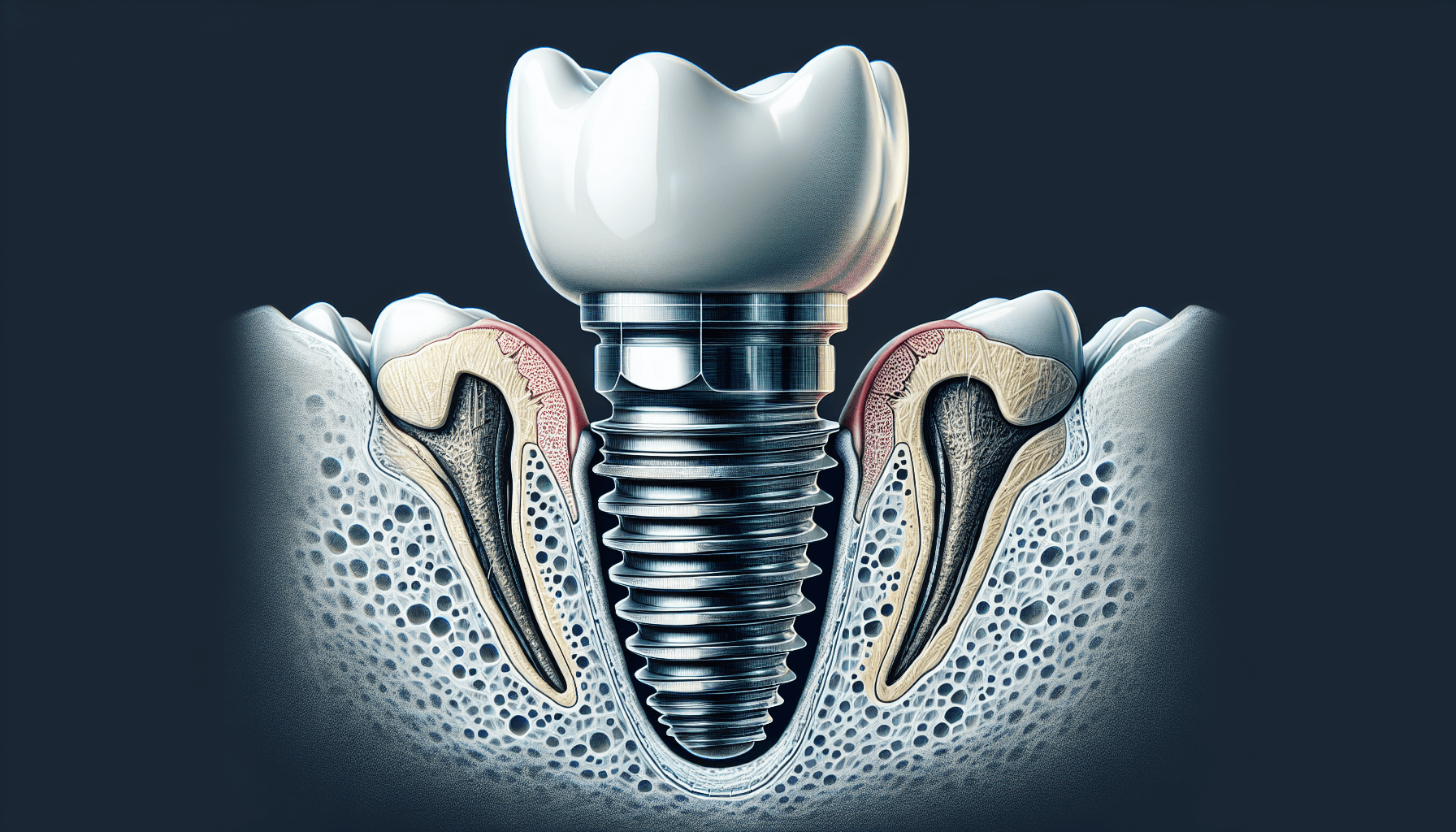
What Defines a Dental Implant?
At its core, a dental implant is a three-part ensemble: the implant device that anchors to the jawbone, the implant abutment that connects to the implant, and the crown or denture that is visible above the gum line. The implant itself is a small post, usually made of titanium, revered for its compatibility with the body and its uncanny ability to integrate with bone, standing in for the root of your missing tooth. This base is vital because it enables secure attachment of the abutment and artificial tooth or crown, creating a flawless synergy between the prosthetic and your jaw.
Appreciating the structure of dental implants is similar to valuing the strength of tree roots – from the unseen roots that ground and nourish, to the trunk that supports, up to the leaves that interact with the environment. It’s this complex design that enables implants to convincingly replicate the function and aesthetics of natural teeth.
The Role of Dental Implants in Oral Health
The importance of dental implants extends far beyond just filling gaps in your smile. They are the unsung heroes in the preservation of oral health, taking on the role of preventing bone loss and maintaining the integrity of facial structure. When teeth are lost, the lack of stimulation leads to bone resorption, which can result in a changed facial appearance and other dental issues. Dental implants intervene by providing the necessary stimulation to promote bone growth, much like natural tooth roots do.
Moreover, dental implants are adaptable, tailored to meet the unique needs of individuals facing the tribulations of tooth loss. Whether it’s a single lost tooth or a mouth bereft of teeth, implants offer a long-term, personalized solution that blends seamlessly with the rest of your teeth, restoring both function and confidence.
The Dental Implant Procedure Explained
The journey to a confident smile with dental implants is a multi-stage adventure, meticulously planned and executed. It begins with an initial assessment, followed by the surgical implant placement, and culminates in the recovery and care post-surgery. The expertise of the dental professional and the quality of care throughout the process are pivotal to the success of the implant, which involves not only the physical embedding of a new tooth root but also the careful orchestration of various steps to ensure compatibility and longevity.
Though the dental implant procedure may seem like navigating through unknown territory, with a comprehensive guide, the path becomes clear. We start our journey with the first critical step: the initial assessment and treatment planning.
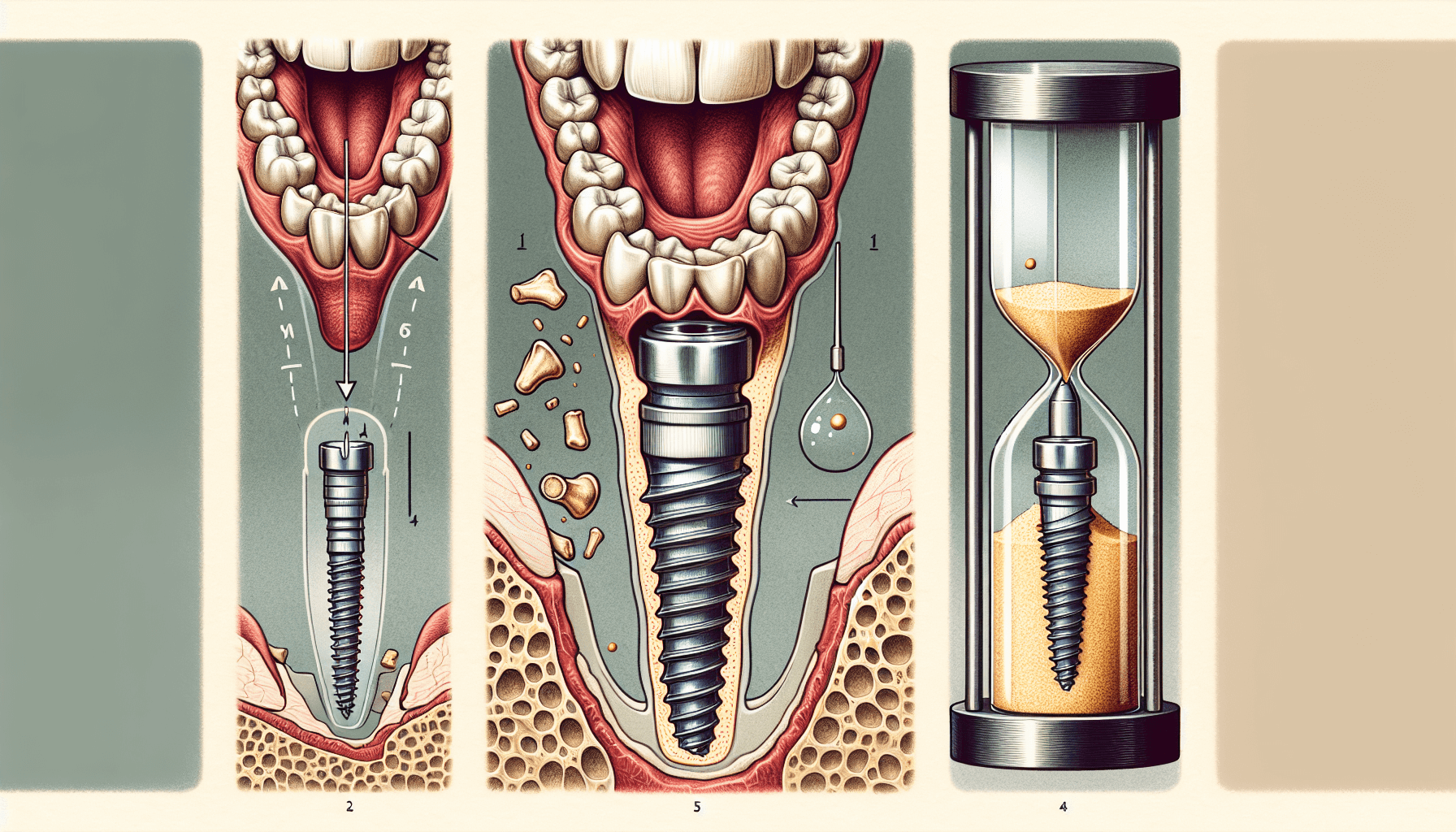
Initial Assessment and Treatment Planning
The first port of call in our implant journey is the initial assessment, where the dental professional assesses the terra firma of your oral landscape. This involves ensuring that you have completed jawbone growth, have sufficient bone or are a candidate for grafting, and possess healthy oral tissues. It’s like preparing the ground before laying the foundation for a building; the dental team must ascertain that there is enough bone height and width to anchor the implant securely. Should the natural terrain of your jawbone be lacking, fear not, for modern medicine provides reinforcements in the form of guided bone graft augmentation, ensuring that the necessary scaffolding is in place for implant stability.
This phase is vital; it paves the way for successful integration of the implant with your bone, which is considerably more probable with a strong, healthy jawbone. With meticulous planning and a comprehensive dental exam, the groundwork for your future smile is laid with precision and foresight.
The Surgical Phase of Implant Dentistry
Once the site is adequately prepared, the surgical phase of implant dentistry can get underway. This is where the dental implant, a small but mighty titan of tooth replacement, is carefully nestled into your jawbone. The process of dental implant placement is akin to planting a seed with the hope of strong, deep roots; an incision is made in the gum tissue, a space is created within the bone, and the implant post is placed.
What follows is a period of waiting, much like the germination of a seed, where the jawbone and the implant become one through the process of osseointegration.
To ensure the implant is positioned just right, dentists may use an acrylic guide, a beacon in the surgical landscape, created with the help of advanced technology like stereolithography from CT scans. This precision tool guides the dental professional’s hand, ensuring the implant is placed in the optimal location for both function and aesthetic.
Post-Surgery Recovery and Care
Once the implant is firmly in place, attention shifts to recovery and care. Much like nurturing a new plant, this phase is about providing the right environment for the implant to thrive. The bone healing around the implant is crucial and varies in duration, depending on factors such as bone density at the implant site and the number of implants. During this time, your role is to manage pain, which can typically be done with common NSAIDs like ibuprofen, and to maintain impeccable oral hygiene to prevent infections.
Eating soft foods and giving your gums the time to heal are the small daily tasks that contribute to the overall success of your new dental addition. With patience and proper care, you will soon be ready to showcase your renewed smile to the world.
Types of Dental Implants and Their Uses
Dental implants are not a one-size-fits-all solution; they come in various types to cater to different restoration needs. Whether you’re replacing a single tooth, several teeth, or require a full arch restoration, there’s an implant designed to fit your unique situation. The most widely used variant, endosteal implants, are the stalwarts of implant dentistry, anchored directly into the jawbone and serving as a robust support for prosthetic teeth. For those who lack the natural bone necessary for endosteal implants and aren’t candidates for bone augmentation, subperiosteal implants present an above-the-jawbone alternative.
Implants are versatile and can support both removable and fixed prosthetics. Removable options include full or partial dentures, offering a balance between stability and flexibility, while fixed options provide a permanent, non-moving solution that feels more like your own teeth. The journey towards selecting the right type of implant is guided by both functional needs and aesthetic desires, ensuring a personalized fit for your dental landscape.
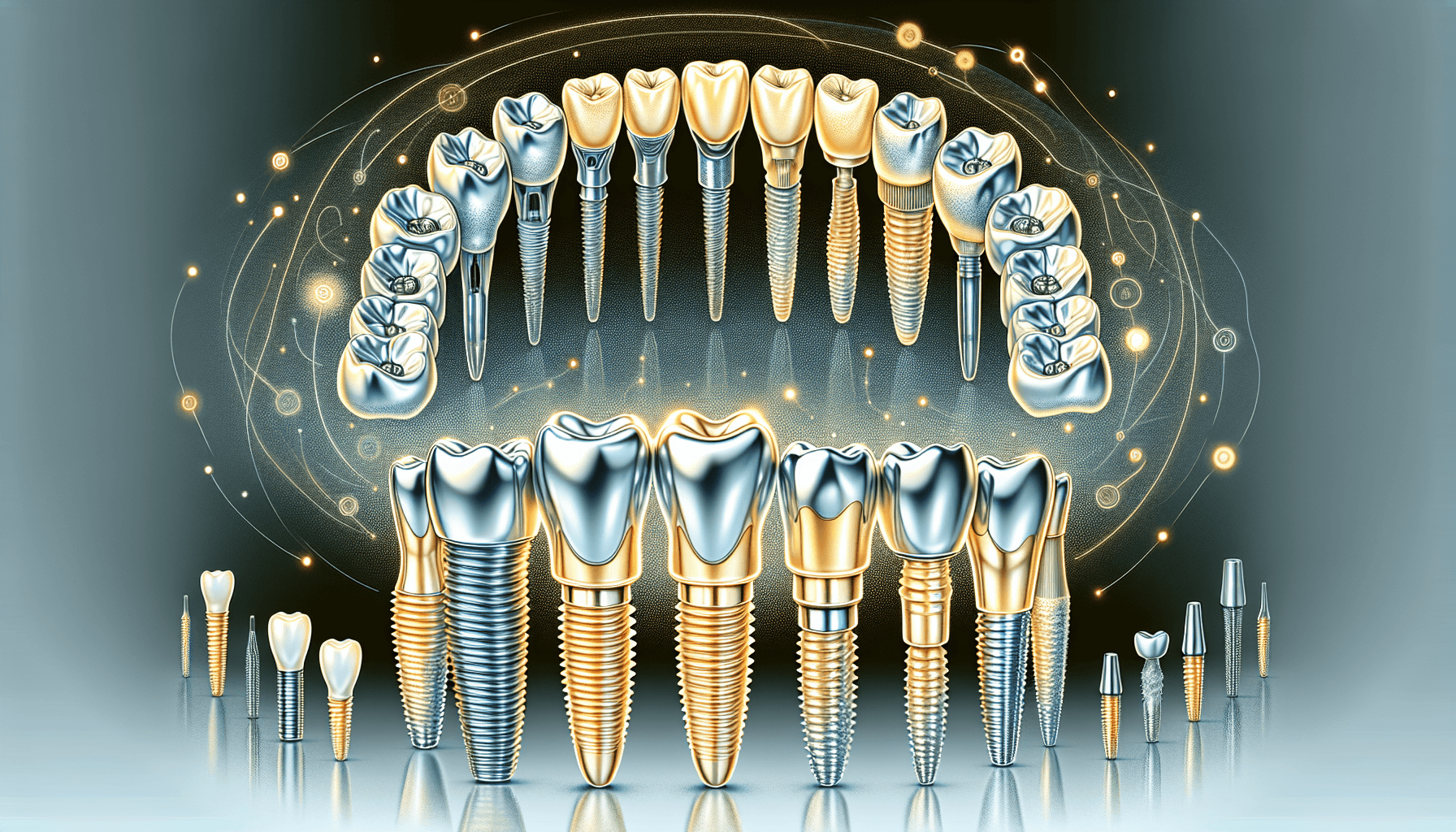
Single Tooth and Multiple Teeth Replacement Options
For those navigating the waters of tooth loss, single tooth and multiple teeth replacement options present a beacon of hope. Each implant is a tailor-made solution, designed to fill the void left by a missing tooth and to restore the full function and appearance of your smile. Single tooth restorations involve a dedicated implant for each missing tooth, ensuring that each new addition stands strong on its own.
When several teeth have set sail and left a more considerable gap, multiple-tooth implants come to the rescue. These implants can replace missing teeth without relying on the support of adjacent natural teeth, providing a more independent structure that is custom-made to match the patient’s dental gaps. The result is a harmonious blend of functionality and aesthetics, offering a solution that feels as close to your natural teeth as possible.
Some people prefer to be sedated for dental implants but it is not required. 95% of people prefer to get sedated when replacing a full arch of teeth or a full set of teeth with implants.
Overdentures and Full Arch Restorations
When the loss of teeth is more extensive, overdentures and full arch restorations stand as the pillars of rehabilitation. These implant-supported solutions offer a new lease on oral functionality for patients who have experienced significant tooth loss. The revolutionary all-on-4 dental implants technique utilizes just four implants to provide a full arch restoration, transitioning patients swiftly from missing teeth to a complete, non-removable set.
For those who prefer the familiar feel of dentures, snap on implant dentures can be employed to anchor removable dentures securely to the jaw, providing improved retention and a significant boost in quality of life. Whether fixed or removable, these full mouth dental implant solutions represent a significant transformation, allowing individuals to bite, chew, and smile with a renewed sense of confidence.
Benefits of Choosing Dental Implants over Other Teeth Replacement Options
Opting for dental implants over other teeth replacement options offers several advantages, including:
- Durability: Dental implants can last many years with the right care and regular dental check-ups.
- Custom-made fit: Like a made-to-measure suit, dental implants are custom-made for a perfect fit.
- Cost-effectiveness: Dental implants are considered the gold standard for single-tooth replacement due to their high success rates and cost-effectiveness.
These benefits make dental implants a compelling choice as a first-line strategy for tooth replacement.
Beyond their longevity, dental implants offer several benefits, including:
- Preserving bone and gum tissues, which can otherwise deteriorate due to tooth loss
- Maintaining the health of these tissues, contributing to their high survival rate
- Providing a long-term solution for oral health
These advantages make dental implants an excellent choice for individuals seeking to improve their oral health in the long run.
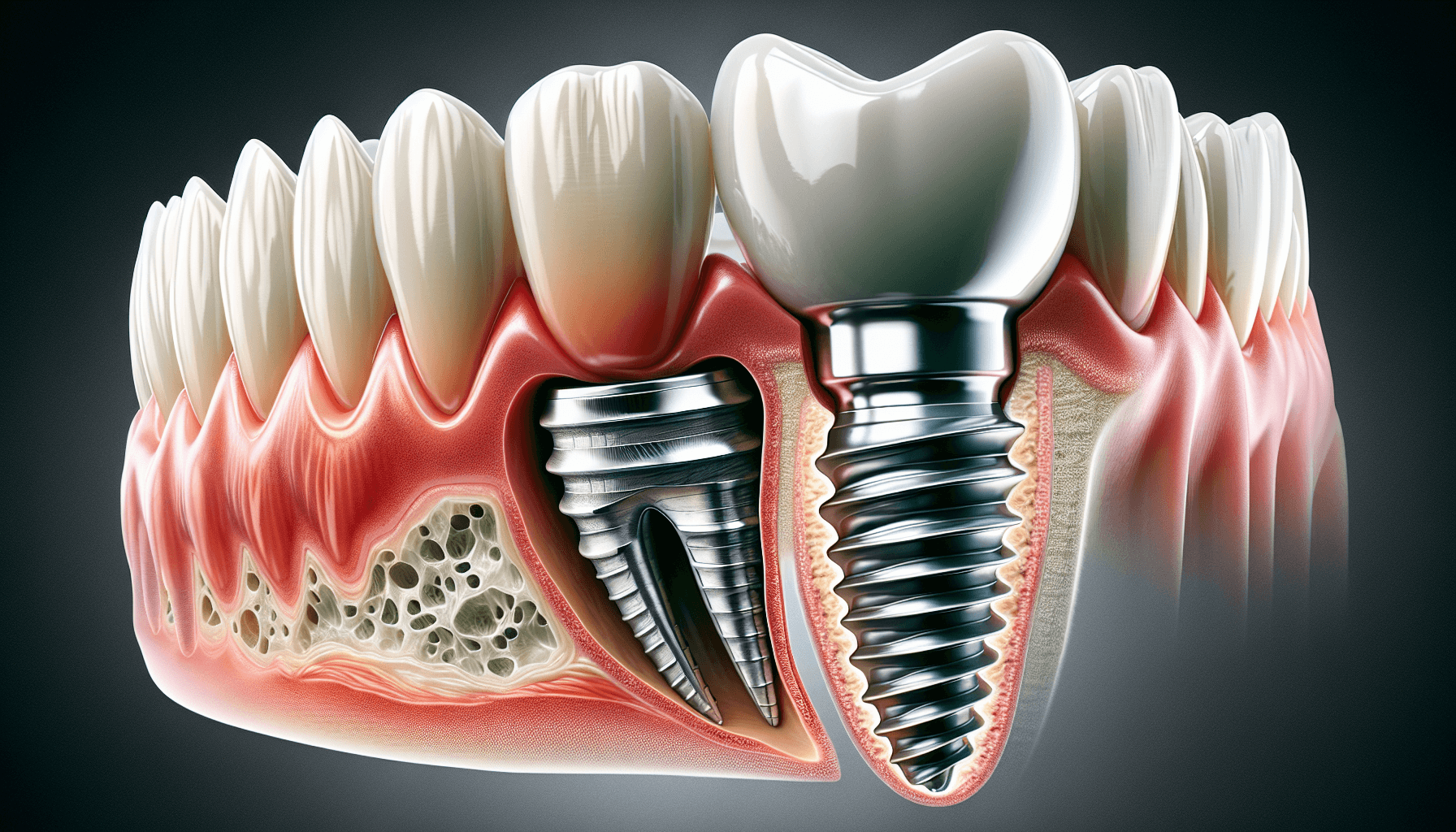
How Dental Implants Mimic Natural Teeth
The true value of dental implants becomes evident in the striking way they imitate natural teeth. They not only replicate the aesthetics but also the function and support of your real teeth, providing a stable foundation that doesn’t shift or slip. With implants, your chewing efficiency improves, and speech becomes clearer, as the firm base they offer is akin to that of your natural tooth roots.
The use of titanium in implants is particularly noteworthy, as it:
- Fuses with the jawbone, creating a bond that is both strong and lasting
- Provides robust support
- Helps in preventing damage to the bone
- Ensures that your smile remains as radiant as ever.
Longevity and Success Rates of Implant Therapy
The high success rates and longevity associated with dental implants make them a beacon of reliability in the sea of teeth replacement options. They have been shown to have comparable or even better success rates than other options, with a lifespan that often exceeds conventional restorations on teeth. The type and location of the bone in which the implant is placed play a significant role in this success, with implants in denser, stronger bones experiencing lower failure rates.
Health is another compass guiding the success of implant therapy; individuals in good health are more likely to experience successful outcomes. The long-term survival rates of implants are impressive, soaring between 93–98 percent, making them a dependable and cost-effective choice for tooth replacement.
Potential Complications and How to Avoid Them
While exploring the world of dental implants involves certain risks, they are rare and manageable. Potential complications can include:
- Infection
- Damage to surrounding structures
- Nerve damage
- Sinus issues
- Implant failure, where the implant may not integrate with the bone properly, resulting in a loose or painful implant.
These risks underscore the need for a thorough understanding of the procedure’s invasiveness.
While these long-term complications, ranging from aesthetic issues to biomechanical and technological failures, may seem daunting, they can be effectively managed and even avoided with proper planning and risk assessment.

Managing Risks Associated with Dental Implant Surgery
Managing the risks associated with dental implant surgery requires a keen eye for detail and a proactive approach. Disclosing all health conditions and medications to your dentist is crucial, as it helps determine your suitability for the procedure and allows for the mitigation of risks, especially for those with conditions like uncontrolled diabetes or heart issues. Accurate surgical planning is another safeguard, with the use of X-rays to locate nerves and prevent nerve damage during the surgery.
Bone grafts and sinus lifts are regenerative techniques that fortify the jawbone, providing a solid foundation for the implant and increasing the likelihood of successful osseointegration. These procedures are particularly valuable in higher grade bone conditions, where successful implant integration is more likely to occur.
Maintaining Your Dental Implants
Maintaining dental implants is akin to tending to a prized garden; it requires consistent care and attention. Good oral hygiene is the cornerstone of ensuring implant longevity and success, as it helps prevent the build-up of harmful bacteria that can lead to infections. In contrast, poor oral hygiene can increase the risk of complications. Dental implants also support better oral hygiene compared to bridges, reducing the risk of tooth decay and gum disease.
Regular dental visits for check-ups and professional cleanings are non-negotiable for implant maintenance. During these visits, be vigilant for signs of peri-implant disease, which, if caught early, can be treated promptly to prevent further complications.
With these practices in place, your dental implants can remain a healthy and vibrant part of your smile for years to come.
Customizing Your Dental Implant Experience
Your dental implant journey is as individual as your smile, and personalizing the experience ensures that reality meets your expectations. This customization begins with selecting a dental provider who not only has the skill and experience but also aligns with your personal needs and preferences. Inquiring about the dentist’s qualifications, past procedure successes, and affiliations with professional organizations like the American Academy of Implant Dentistry can offer reassurance and set the stage for a successful outcome.
The process of customization also extends to the practical aspects of the treatment, such as the convenience of location and office hours, which should complement your personal schedule. During the initial consultation, expect to discuss the suitability of dental implants for your case and receive an initial estimate of the time and cost involved, laying a clear pathway for your treatment process.
Factors Influencing the Cost of Dental Implants
The cost of dental implants is not a fixed number but rather a reflection of several influencing factors. One of the primary determinants is the number of implants required; naturally, the more implants you need, the higher the overall cost will be. The choice of materials also plays a significant role, with options like titanium or zirconium impacting the final price.
Additional procedures may be necessary to prepare for implant placement, such as bone augmentation or sinus lifts, which add to the cost complexity. The geographic location of your dental provider is another variable, with prices tending to be higher in areas with a higher cost of living.
Understanding these factors can help set realistic expectations for the financial investment required for your new smile.
Achieving Aesthetic Excellence with Dental Implants
Aesthetic excellence with dental implants is not just about filling a gap; it’s about creating a smile that looks and feels as natural and beautiful as possible. Customization plays a crucial role here, with implants designed to match the color, shape, and size of your natural teeth for a seamless look. One common aesthetic concern is the development of a black-triangle due to papilla recession, which can occur after the implant procedure. Such complications can mar the appearance of the implant, but with careful planning and execution, they can often be avoided.
Achieving a natural and aesthetically pleasing result involves meticulous planning and the use of color-matched ceramics and accurately shaped crowns. When these elements are combined with the skilled hands of an experienced dental professional, the outcome is a dental implant that not only functions like a real tooth but also enhances your smile and boosts your confidence.
Summary
As we conclude this comprehensive guide, it’s clear that dental implants stand as a beacon of modern dentistry, offering a versatile and durable solution for replacing missing teeth. From the initial assessment to the precise surgical placement and the careful maintenance that follows, dental implants are a testament to the innovation and dedication of dental professionals. They not only restore smiles but also preserve oral health, prevent bone loss, and contribute to overall facial aesthetics.
Whether you’re seeking to replace a single tooth, multiple teeth, or require a full arch restoration, dental implants offer a tailored, long-lasting solution that mimics the form and function of natural teeth. With a high success rate and the ability to customize the treatment to your individual needs, dental implants are a worthwhile investment in your oral health and self-confidence. Embrace the opportunity to smile with confidence, knowing that dental implants can provide a foundation as steadfast as your natural teeth.
Frequently Asked Questions
Dental implants can last many years, often outlasting other teeth replacement options, with a long-term survival rate estimated at 93–98 percent. Regular dental check-ups and proper home care are essential for their durability.
No, dental implants are designed to closely match the color, shape, and size of your natural teeth, ensuring they look, feel, and function like real teeth. Careful planning and the use of color-matched ceramics make them virtually unnoticeable.
Yes, most people can get dental implants as long as they have completed jawbone growth, have enough bone or can undergo bone grafting, and maintain healthy oral tissues. It’s important to have a comprehensive assessment by a dental professional to determine individual suitability.
Dental implant surgery, while generally safe, carries risks such as infection, nerve damage, and osseointegration failure. However, these risks are rare and can be minimized through careful surgical planning and patient health disclosure.
Yes, 4-6 implants can replace a full set of top teeth with dental implants. The set of teeth is made and installed as one piece on top of the implants. Usually the teeth are made of zirconia.
Is not necessary to get sedation when getting full mouth dental implants, but it is not a bad idea. Most dental implant centers offer some form of sedation such as oral sedation or nitrous oxide sedation. A few offices also offer IV sedation. Replacing a full arch of teeth with a full implant bridge requires at least 4 implants. This is call all on 4 dental implants.
The dental implant procedure may involve some discomfort, but it can be effectively managed with medications such as NSAIDs, and most patients report minimal pain and swelling. Therefore, the procedure is generally not considered to be overly painful.
 2918 Spencerville Rd, #124Burtonsville, MD 20866
2918 Spencerville Rd, #124Burtonsville, MD 20866  (301) 421 1118
(301) 421 1118 
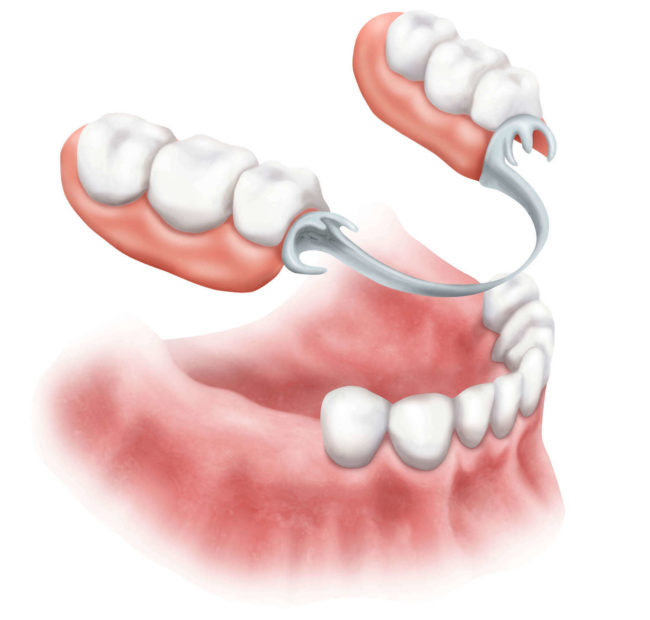
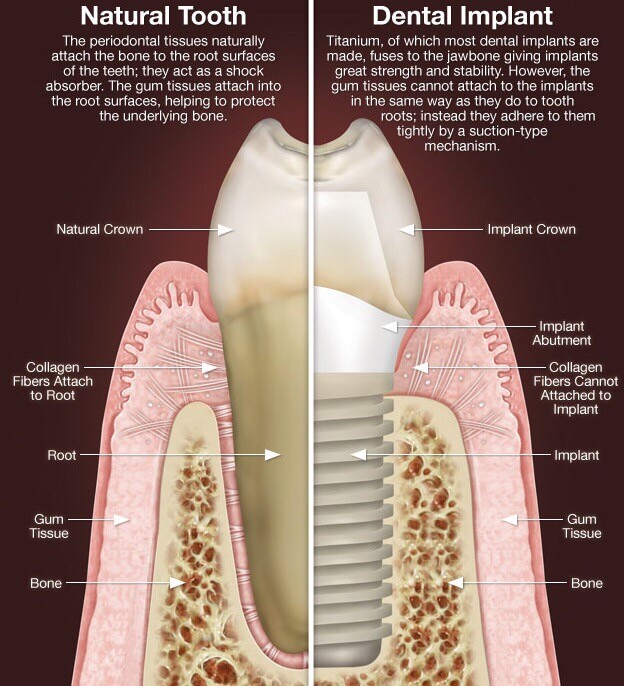
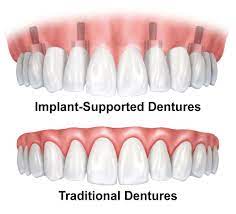

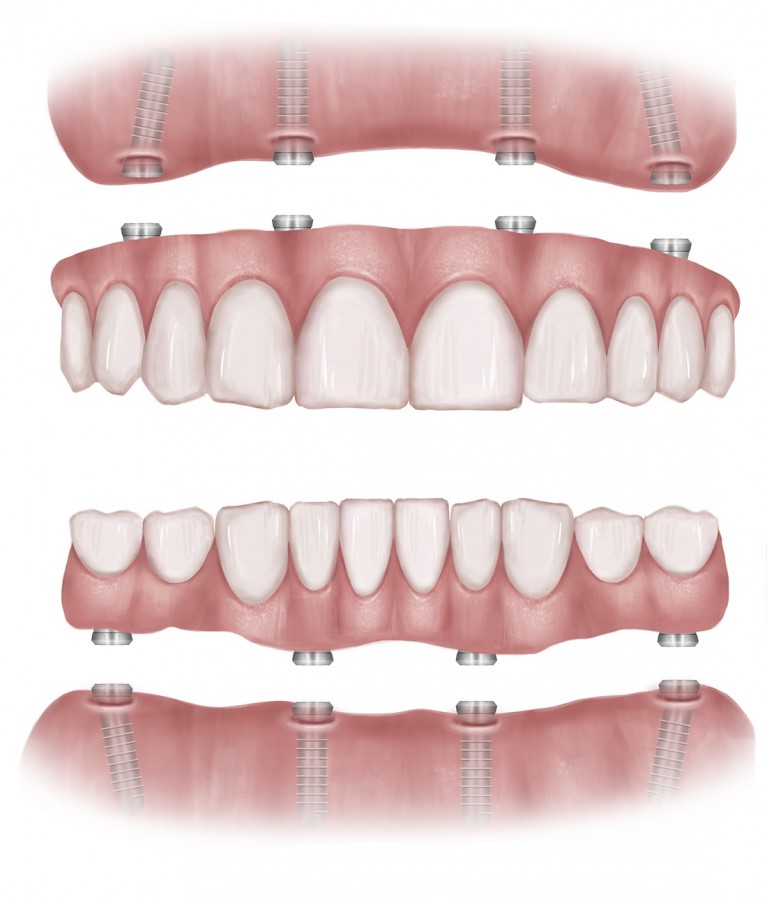
0 Comments
No comments yet. Be the first to comment!
Comments are closed.